Safeguarding the success of industrial products using transferable principles
October 17, 2019 1:41 pm
Globalisation, new technologies and evolving customer preferences have increased pressure on manufacturing businesses worldwide to develop better quality products, with more distinctive features, at a competitive price and born out of cutting edge technology. Such complex market dynamics present manufacturing businesses with the challenge of successfully fulfilling these demands while at the same time providing opportunities for differentiation, market leadership and ultimately, business growth. Regardless of industry or product, manufacturing businesses can safeguard against industrial challenges and flourish in a competitive environment by adopting the following five.
Competing through differentiated design
Differentiation through industrial design is no longer regarded as a product development feature exclusive to high-end industries. Whether manufacturing industrial equipment, heating, ventilation and air conditioning (HVAC) products or luxury furniture, the end user will evaluate the quality and value of the product through its design. As markets become increasingly focused on product features that are more intuitive in nature, streamlined equipment design can provide a greater transferable principles competitive advantage. Aesthetics and ergonomics for instance, may not naturally stand out as key design considerations for developing industrial equipment, but in many applications, they strongly influence hardware selection.
When working closely with manufacturers, engineers should regularly discuss any industrial design challenges facing them, and how these challenges can be overcome to be used as a source of differentiation and competitive advantage. The look and feel of industrial equipment, although typically used in very rugged settings, is still very important to overall product quality.
Product designers should consider access hardware-–locks, latches, mounts and hinges-–as a source of distinction, as these components serve as vital touch points between the end user and the equipment. For example, adding a display mount designed with an integrated constant torque hinge to a piece of industrial machinery offers significant ergonomic benefits to the end user viewing the screen. The intuitive positioning offered by this solution creates a perception of added value for the end user, leading many equipment manufacturers to choose position control hinges and display mounts for factory equipment, medical devices and lighting applications.
Addressing safety and security risks
Failure to comply with safety regulations can make or break a product’s market success. At the same time, as customer demands and technology advancements increase, a product’s time-to-market is expected to decrease considerably putting pressure on operations departments to balance productivity improvements with health and safety compliance requirements.
Care must be taken to ensure that the pressure to respond quickly to changing market conditions does not compromise the safety and security of industrial machinery and equipment, as this is essential to the future success of industrial equipment manufacturers. The incremental downtime caused by day to day challenges, such as loss of hardware and assembly of complex parts can mean the difference between a company leading its market or being left behind.
To allay concerns surrounding industry compliance, risks can be addressed by selecting hardware which not only complies with industry standards but actively enhances the safety and performance of machinery and equipment. At the very least, machine manufacturers need to align their hardware to standards such as the Machinery Directive (Machinery Directive 2006/42/EC), which stipulates that hardware used on machine guards and panels should be captive to the machine, to safeguard against lost or ingested parts.
When designing such applications, machinery manufacturers should design in captive screws and quarter-turn fasteners to maximize the safety of the operator and the uptime of the machine itself.
Improving efficiency and consistency
As Forbes’ 2016 study highlights, the primary driver for manufacturing businesses is to lower their cost of operation. This is undoubtedly in response to the increased amount of global competition in the market and consumer demands for competitively priced goods. No other industry is as exposed to global cost competition as much as manufacturing. As a result, manufacturers are constantly looking for new ways to enhance efficiency through the adoption of new technologies, products and processes.
Industrial manufacturers are looking to improve lead times and assembly efficiencies by investing more in hardware designed with fewer components. One example of this is a fixed grip and pre-set compression latch, where, with fewer parts of the latch to assemble and compression pre-set to customers’ specification, lead time will improve markedly and reduce the cost of the assembly process. This is a main value point for manufacturing businesses that are looking to enhance assembly efficiencies without compromising on performance or product quality. By selecting parts that help to drive up efficiency and consistency, manufacturers are able to stay competitive. An established hardware supplier will deploy extensive tests and procedures to ensure consistent hardware longevity and uniformity of the finished part.
Boosting performance
Durable and high performance products should be selected to enhance the overall performance of an application. Choosing hardware that can perform consistently regardless of weather, temperature or pressure variances will ultimately enhance the longevity of an industrial application.
When selecting an access hardware provider, manufacturers should look for an organisation that is experienced in serving industrial markets, and is able to recommend materials and finishes to optimise an application’s performance. For example, when selecting a stainless steel draw latch for an outdoor application, the chosen product must provide consistent clamping force for maximum sealing on covers and panels. Access hardware that meets Ingress Protection (IP) ratings will ensure a durable solution.
How manufacturers and engineers test for, and assure quality and performance is another key indicator in the future success of a product or application. A proven supplier will have manufacturing, testing and assembly processes in place that provide a high level of product integrity-– even in the most demanding application environments. Working with such a supplier to choose the most suitable hardware option for each unique application should be a key factor in differentiating the end product in the market.
Enhancing flexibility
Over the next decade, production is likely to become more customer-tailored5 and manufacturers will be challenged to meet bespoke engineering demands. How can product manufacturers and designers fulfil complex design briefs while ensuring that their products remain competitive, flexible and user-friendly?
Manufacturing businesses must become more service driven to help meet the growing customer demand for increased value. Similarly, suppliers need to offer not only great products, but superb service by developing a partnership with the manufacturer that drives superior application innovation.
Change ahead
In the future, there will be a host of new challenges and opportunities for product designers and manufacturers. Manufacturers who can position themselves to adapt to changing market conditions by adopting these five principles will be in a stronger position to enhance their competitive design advantage, increase assembly efficiencies, and maximise application safety and performance.
Addressing these challenges upfront will ultimately help to safeguard the success of their products in short- and long-term.
For more details, contact:
Ankur Kumar Gupta
Plot A-6/5, Ranjangaon,
Industrial M.I.D.C. Area,
Taluka – Shirur
Pune – 412 209 India
Phone: +91 2138 670 558
Fax: – AGupta@southco.com
Cookie Consent
We use cookies to personalize your experience. By continuing to visit this website you agree to our Terms & Conditions, Privacy Policy and Cookie Policy.




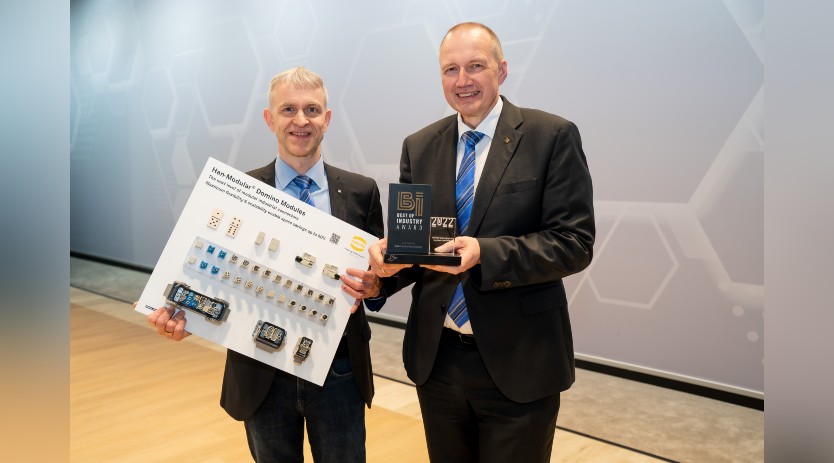
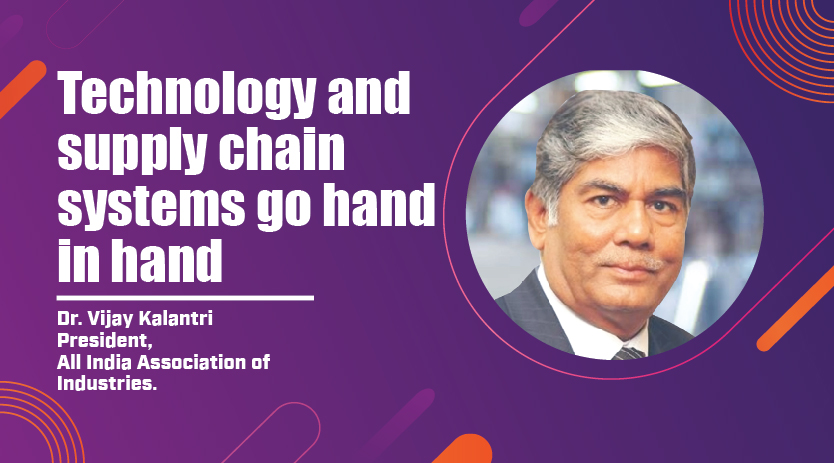
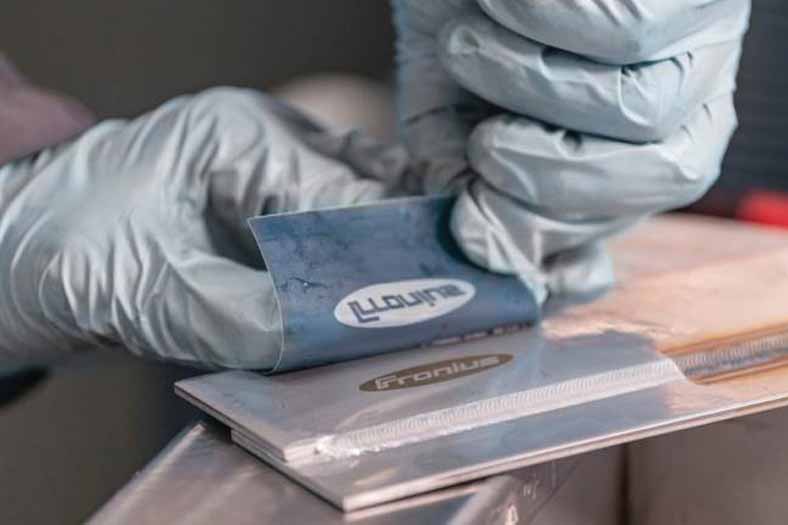
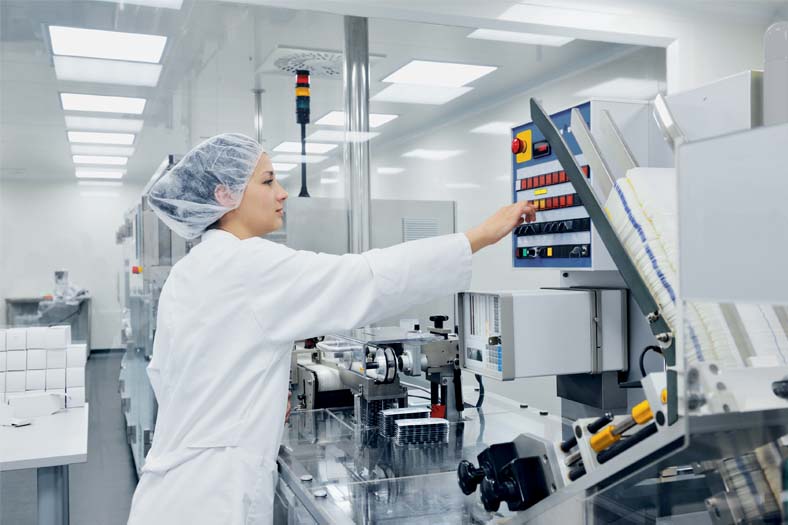
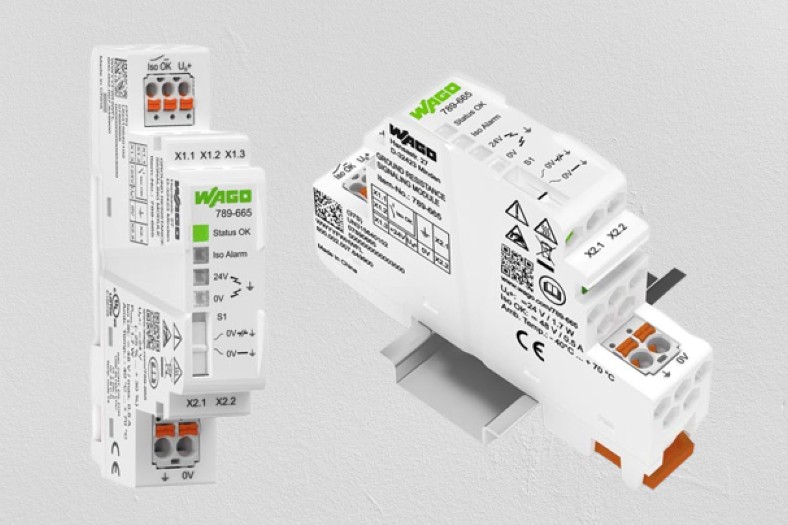
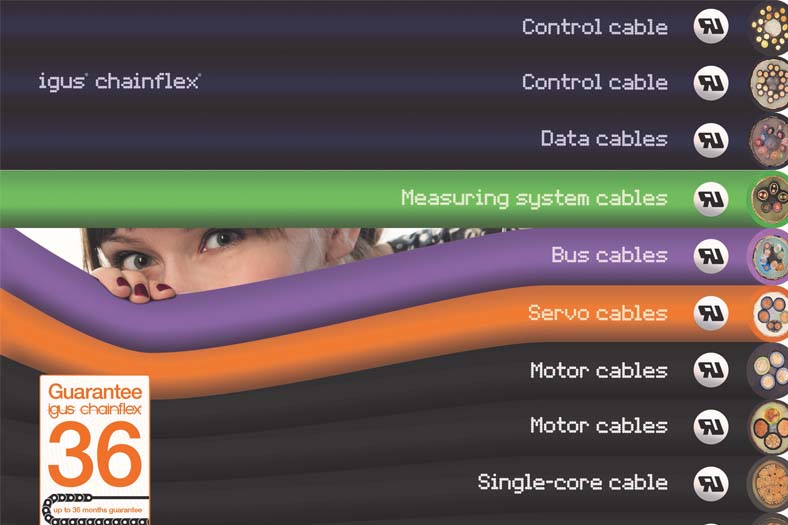
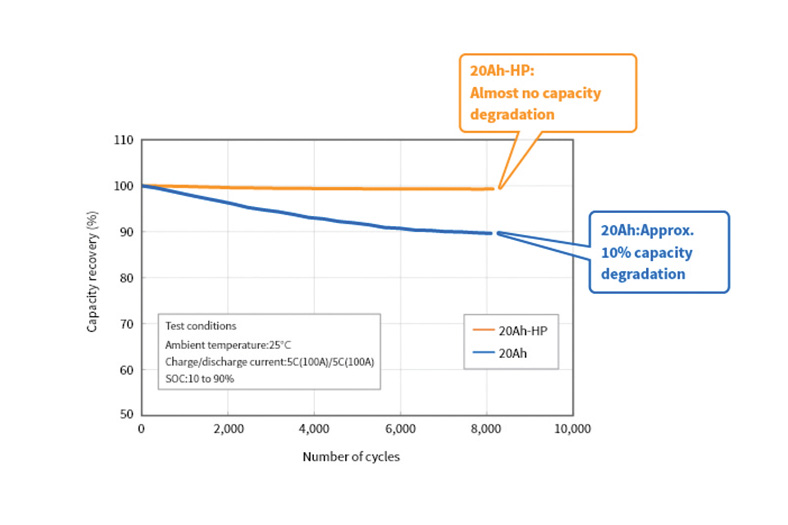
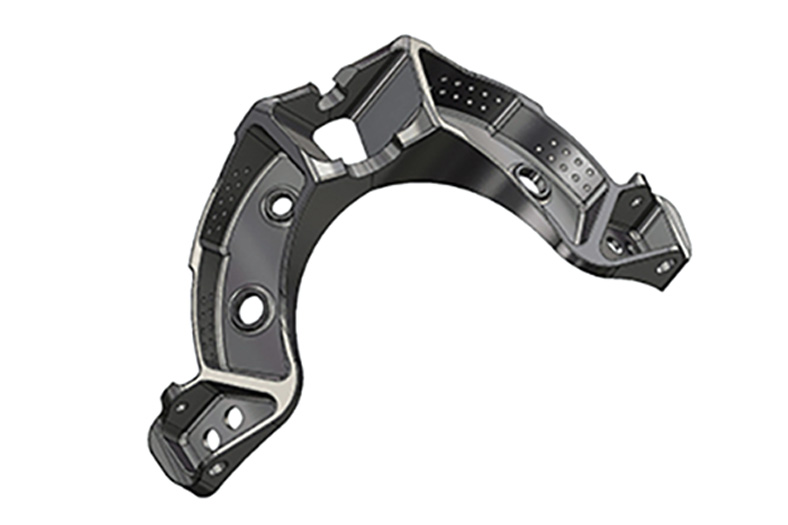
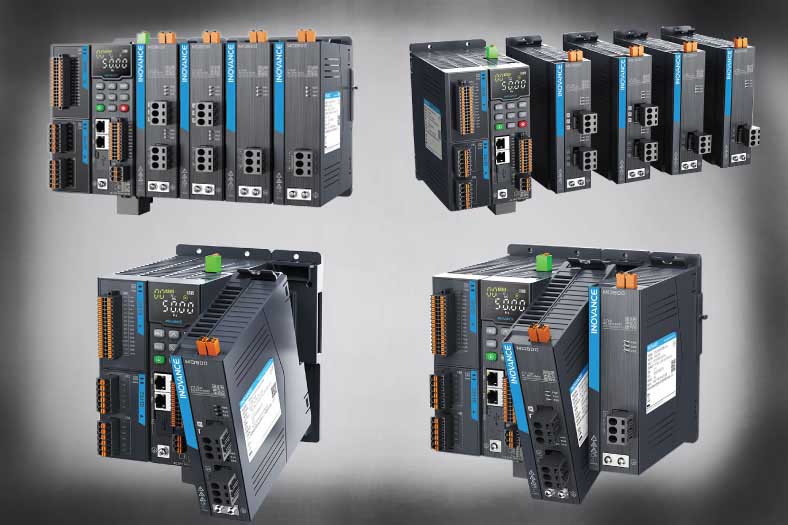
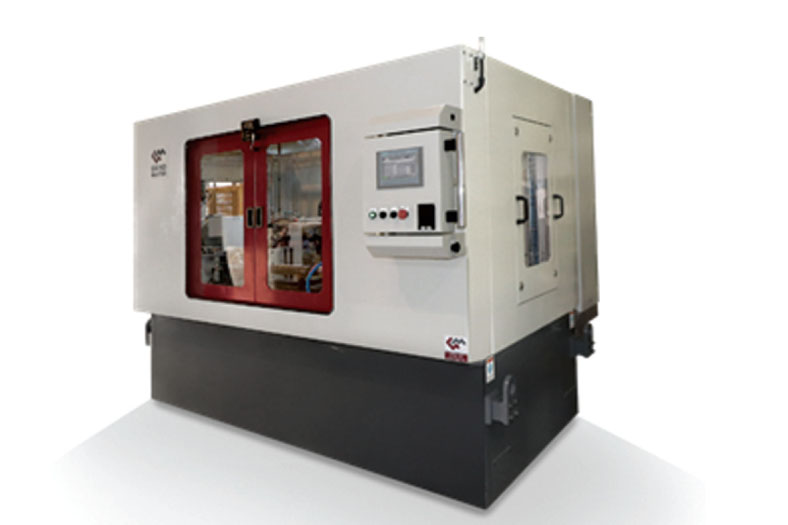
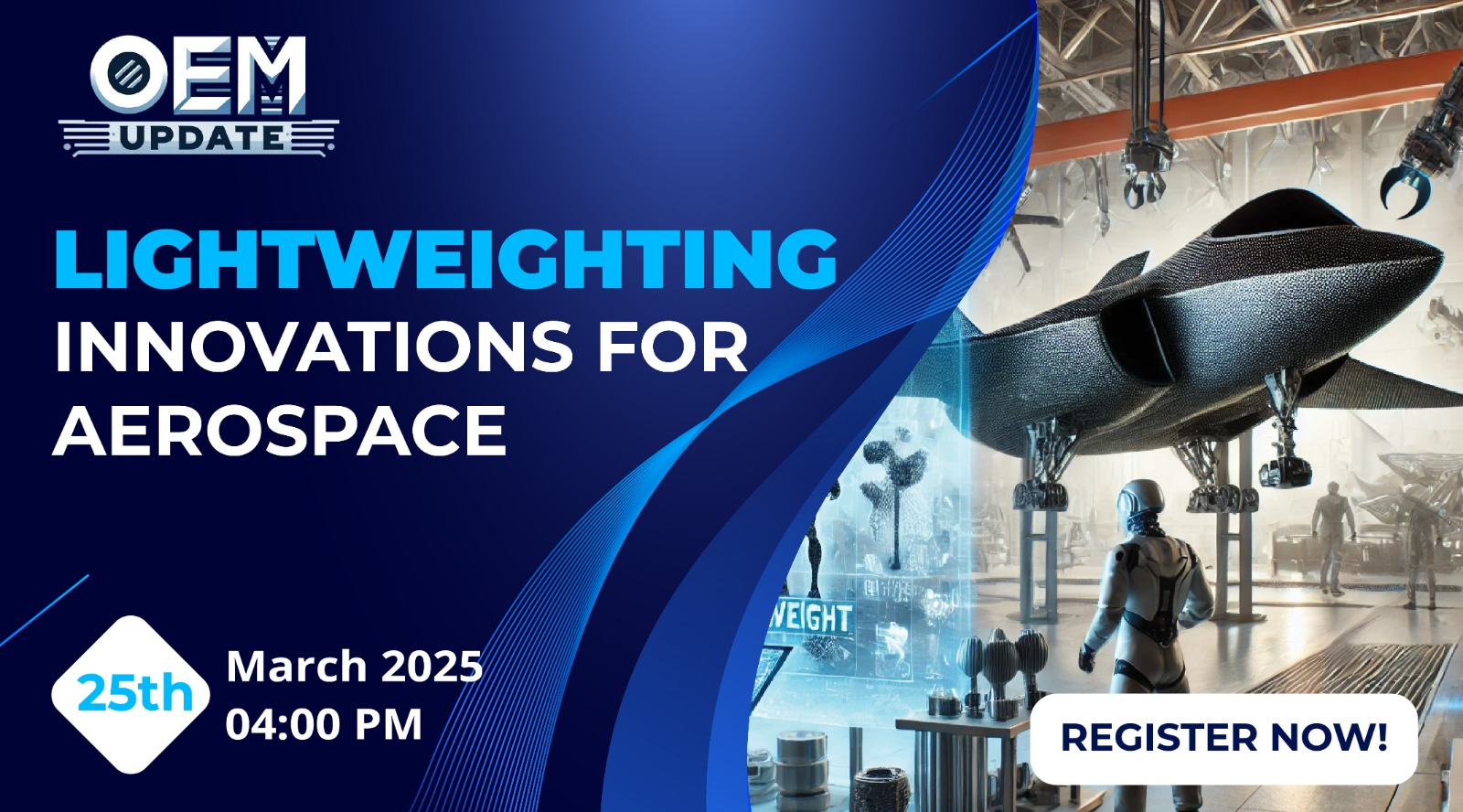


 English
English Hindi
Hindi